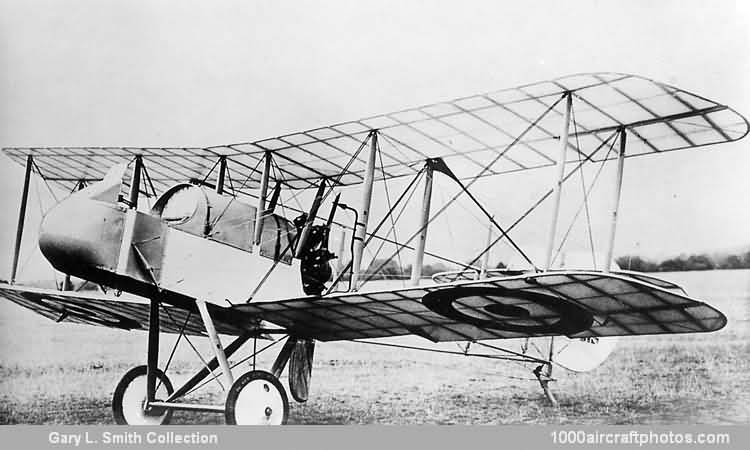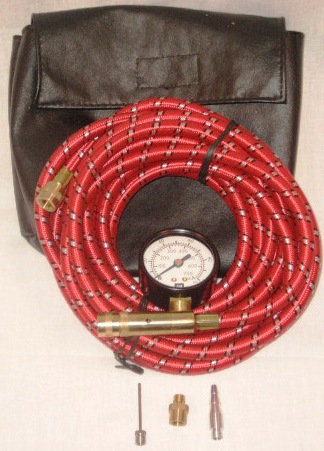
2 2 1 1 2 2 1 1 v m v m u m u m 1 2 2 1 v v u u For elastic collisions, where k is Boltzmann constant Effective weight: Total force tt obj exerts on a spring scale. ma dt mv d F ) ( mv p p Ft Impulse Law of Conservation of Linear Momentum: When bodies in a system interact, the total momentum remains constant, provided no net external force acts on the system. Inertia: A body’ s reluctance to change its state of rest/motion.

3 rd law: If body A exerts a force on body B, then body B exerts an equal but opposite force on body A. 2 nd law: Rate of change of momentum is proportional to resultant force and acts in the direction of the force. V p W x F W Isothermal: No ∆ T Isovolumetric: No ∆ V Isobaric: No ∆ p Adiabatic: No ∆ Q switches between isotherms V p nRT pV 1 2 2 1 2 3 2 3 1 c m kT c Nm pV NkT pV Mean KE of molecule 1 st law: A body continues its state of rest of motion or rest unless a resultant external force acts on it. Temperature: A measure of the average KE. W Q U Internal Energy: The sum of all microscopic KE and PE of molecules in the object. An increase in the U of a system is the sum of work done on the system and the heat supplied to the system.

1 st law: Internal Energy of a system is dependant only on its state. 2 2 1 2 1 2 2 ) ( 2 at ut s t v u s as u v at u v 2 v F v F d d Thermal Equilibrium: Rate of heat gain = Rate of heat loss No net flow of heat 0 th law: If A and B are separately in thermal eqm with C, then A and B are in thermal eqm with each other. Random Error: Results that scatter around a mean value. Y b X a Q Y Y n X X m Q Q n m Y X Q bY aX Q Absolute error is in 1 sf Qty is in same dp as absolute error Q Q % 100 Q Q Fractional Error % Error Systematic Error: Results that differ from the true values by a fixed amount. Homogenous: Units of both sides of equation balances out.


 0 kommentar(er)
0 kommentar(er)
